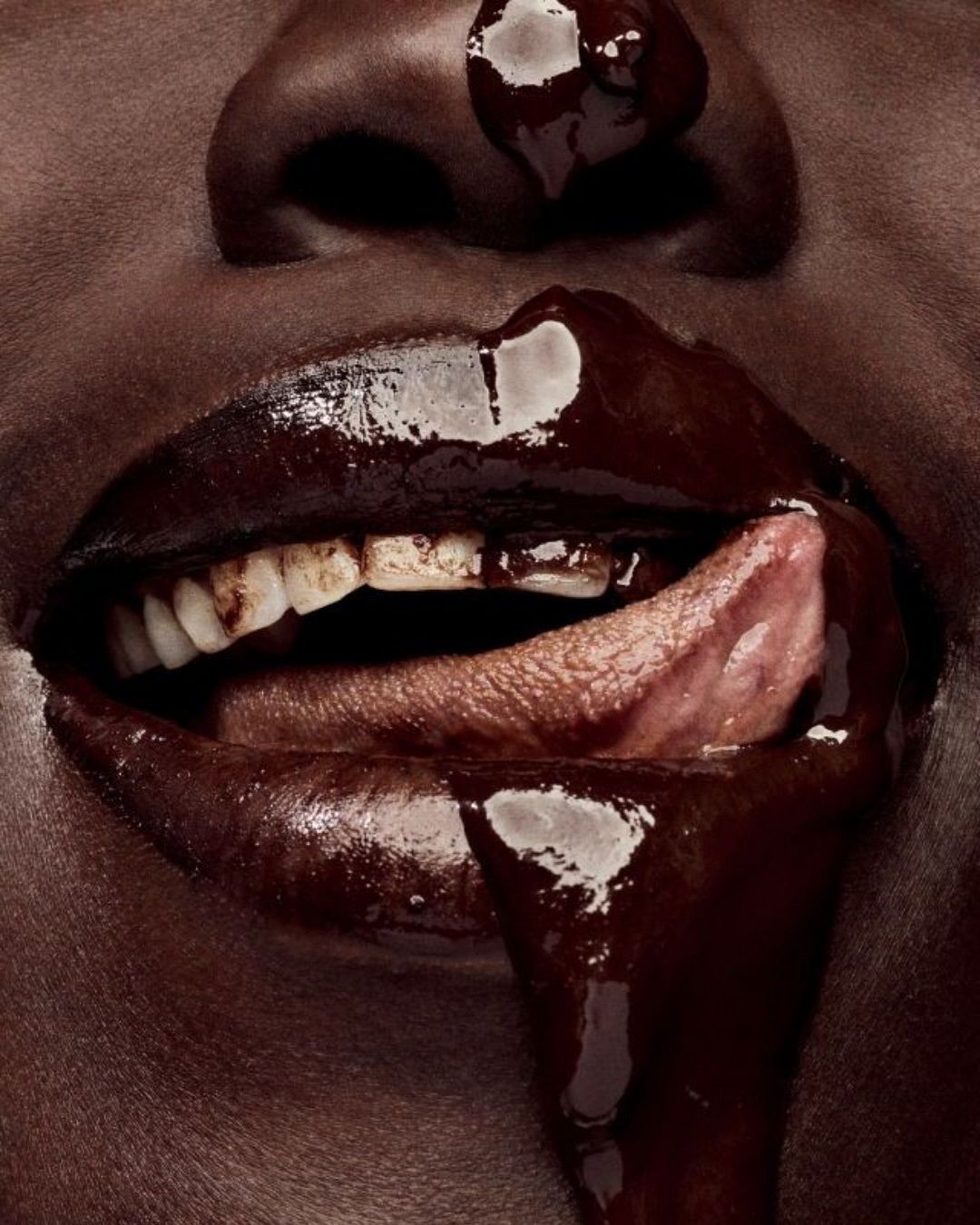"Supreme Models", the book dedicated to the black models who revolutionized fashion From Iman to Naomi Campbell, from Tyra Banks to Adwoa Aboah
It wasn't just Naomi Campbell. There are many black models who over the last 60 years have shaped fashion and pop culture by changing the standards and pushing forward the boundaries of beauty. Stylist and journalist Marcellas Reynolds dedicated to them Supreme Models: Iconic Black Women Who Revolutionized Fashion, collecting for the first time in a book the most memorable shots, advertising campaigns, covers, editorials, catwalk moments and interviews of these beautiful and talented women.
I came up with the idea for this book in 2011. - Reynolds said - This is a book about black women, this is a book about fashion, as much as it is about photographers, as much as it is about hair and makeup artists, as much as it is about stylists and designers and fashion editors as it is about the models because all of those people of different races, sexes and sexualities come together to create something beautiful.
Browsing through the 240 pages, we learn the story of many famous names but also of less known ones: from the pioneers of the 40s and 50s to Bethann Hardison, featured in Battle of Versailles in 1973, from Pat Cleveland, Franco Moschino's muse in the 80s, to the top models that dominated the nineties like Tyra Banks and Naomi Campbell up to the last generation of stars like Adwoa Aboah, Adut Akech. The first black model to appear on the cover of Vogue? It was Donyale Luna in 1966 for the British edition. Five years before Vogue Italia put Carol LaBrie on the cover, and eight years before American Vogue put Beverly Johnson on the cover.
If we go back to the 1970s, iconic American designers like Oscar de la Renta, Bill Blass, Halston and Stephen Burrows used black models in ads and on the runway. - The author of Supreme Models told about how difficult it was for a black woman to establish herself in fashion - In the 1980s and 1990s, it was three designers: Azzedine Alaïa, Karl Lagerfeld at Chanel and Yves Saint Laurent who championed the use of black models. In fact, it was YSL who threatened to pull his advertising if Vogue Paris didn't give a young Naomi Campbell a cover.
Reynolds' book is not only a throwback to glamour, it is also a journey into the evolution of the actual concept of beauty which, from being strictly Eurocentric, opens up new possibilities, crossing decades and stereotypes. If, as Veronica Webb explains in the preface, the task of the first black models was "to educate about the beauty of our hair, hips, lips and the shades of our skin, from alabaster to onyx" an ignorant and unprepared industry, the new cover girls have become not only icons to be copied in terms of look, but women proud of their appearance, their roots and spokesmen of inclusiveness and empowerment.
Fashion is the precursor to social change.- Marcellas Reynolds points out - When we see models of color presented beautifully in ads, magazines, and on the runway, it primes the viewer for what comes next. Yes, we still have much work to do in fashion, but fashion for all its failings is much more progressive than society at large. What we need to see at fashion’s higher levels and behind the scenes, is more women making decisions and more black people in positions of power. It’s happening, albeit slowly.
You can buy Supreme Models: Iconic Black Women Who Revolutionized Fashion here, at the price of 40.85€.
























































